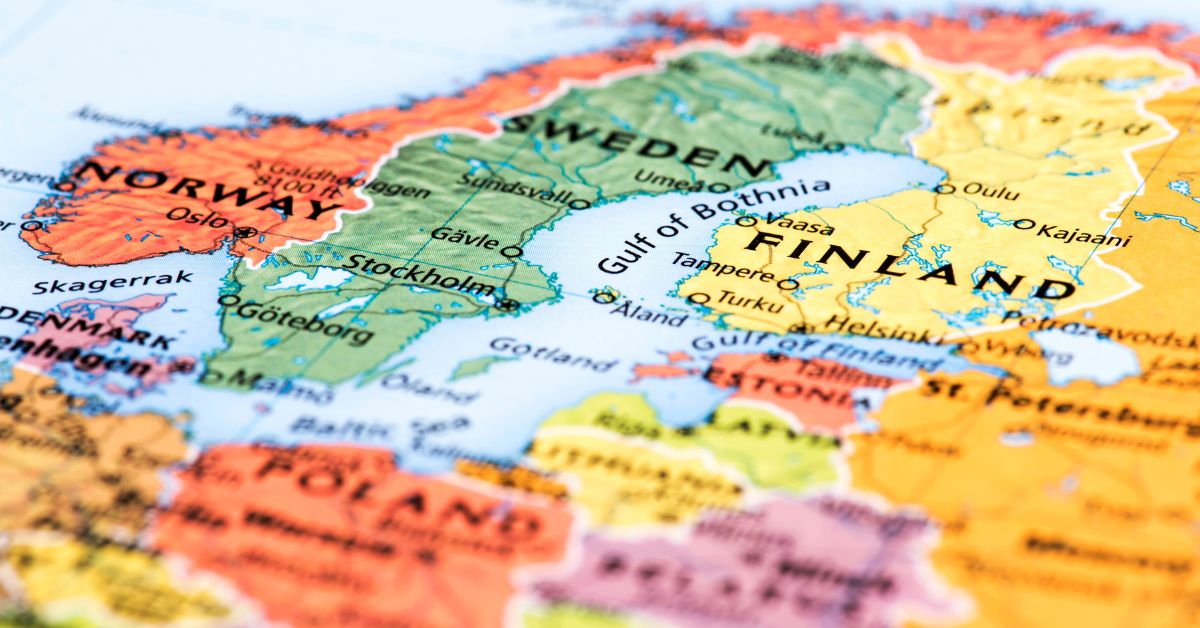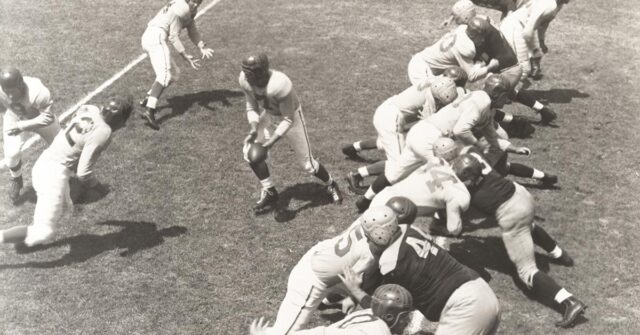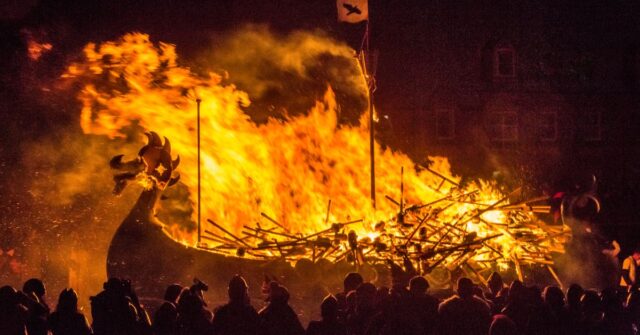The profound impact of Viking culture on modern Scandinavian design is a testament to the enduring legacy of these ancient seafarers.
Their influence permeates various aspects of contemporary design, from the aesthetic principles and materials used to the cultural values and social norms that define Scandinavian societies today.
By exploring this rich heritage, we gain a deeper understanding of how historical traditions can shape and enhance modern design practices.
Introduction
Viking culture, known for its adventurous spirit, profound craftsmanship, and rich mythology, has left an indelible mark on modern Scandinavian design.
This influence can be seen in the minimalist aesthetics, functional design principles, and the use of natural materials prevalent in Scandinavian homes and public spaces.
This blog post explores how Viking heritage continues to shape and inspire contemporary Scandinavian design.
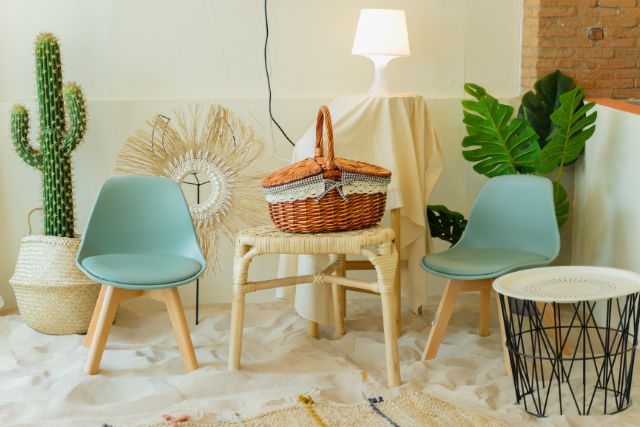

The Enduring Legacy of Viking Culture
The Vikings, seafaring Norse people from the late eighth to early eleventh century, are often remembered for their raids and exploration.
However, their legacy extends far beyond their martial prowess. They were also skilled artisans, traders, and storytellers.
Their cultural practices and artistic expressions have significantly influenced the Nordic countries, impacting everything from language and symbols to social values and design aesthetics.
Overview of Scandinavian Design
Scandinavian design is characterized by simplicity, functionality, and a connection to nature. It emphasizes clean lines, minimalism, and the use of natural materials like wood and stone.
This design philosophy seeks to create a harmonious and practical living environment, reflecting the Viking principles of practicality and craftsmanship.
Historical and Cultural Influence
The historical and cultural influence of the Vikings extends far beyond their reputation as fierce warriors.
Their contributions to language, art, and social structures have had a lasting impact on Scandinavian culture.
By examining these influences, we can appreciate how the values and traditions of the Viking Age continue to resonate in modern Scandinavian societies, shaping their unique identity and approach to design.
The Linguistic Heritage of the Vikings
The Old Norse language spoken by the Vikings has profoundly influenced modern Scandinavian languages.
Danish, Norwegian, and Swedish share many commonalities with Old Norse, preserving the linguistic heritage of the Viking age.
This linguistic influence is a testament to the Vikings’ extensive travels and interactions with various cultures across Europe.
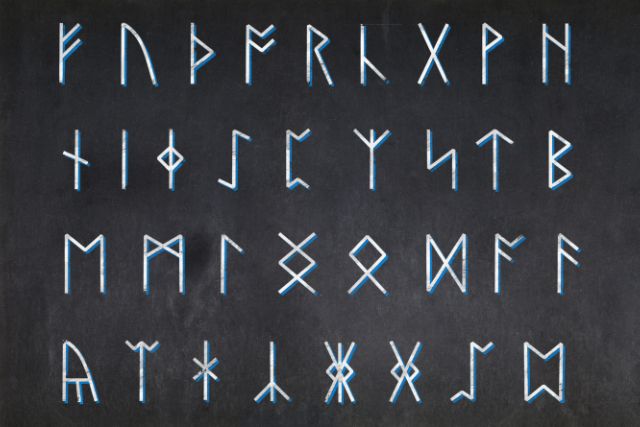

Runes and Symbols in Modern Design
Runes, the ancient alphabet used by the Vikings, continue to hold significant symbolic value in Scandinavian culture.
While they are no longer used for communication, runic symbols are often incorporated into modern design, appearing on jewelry, clothing, and artwork.
Symbols like the Valknut, Yggdrasil, and Mjölnir are celebrated for their historical and cultural significance, linking contemporary Scandinavian design to its Viking roots.
Viking Social Values and Their Modern Impact
Despite their reputation as fierce warriors, the Vikings valued community, hospitality, and the environment. These social values have endured, shaping the modern Scandinavian ethos.
Today, Scandinavian societies prioritize communal welfare, environmental sustainability, and a balance between individual freedom and collective responsibility, reflecting the enduring influence of Viking social norms.
Art and Craftsmanship
Viking art and craftsmanship are renowned for their intricate detail and symbolic significance. These artistic traditions have not only survived but thrived, influencing contemporary Scandinavian design.
By integrating elements of Viking artistry into modern practices, designers create works that honor their heritage while embracing contemporary aesthetics.
This fusion of old and new results in a rich, multifaceted design language that continues to captivate and inspire.
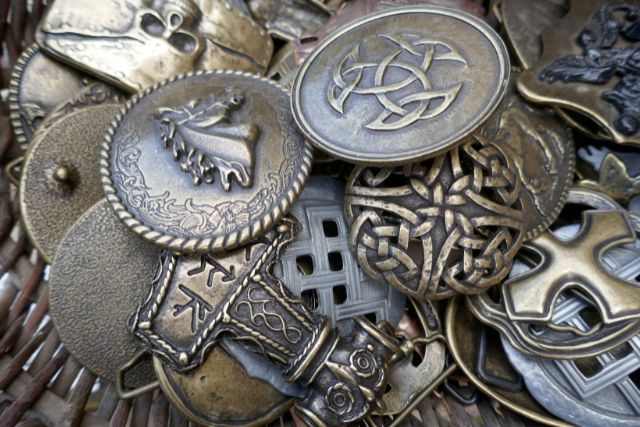

Viking Art Styles: Metalwork, Woodcarvings, and Jewelry
Viking art is renowned for its intricate metalwork, woodcarvings, and jewelry. These art forms showcased the Vikings’ exceptional craftsmanship and attention to detail.
Modern Scandinavian design often incorporates these elements, blending them with contemporary aesthetics to create pieces that are both functional and visually striking.
The use of precious metals, intricate knotwork, and animal motifs in Viking jewelry continues to inspire modern designers.
The Architectural Revival: Stave Churches and Dragon Motifs
The architectural revival of Viking motifs in the 19th and early 20th centuries is a testament to the lasting influence of Viking craftsmanship.
Stave churches, with their wooden construction and intricate carvings, blend Christian and pagan elements, reflecting the Vikings’ complex cultural heritage.
Dragon motifs and other Viking-inspired designs are also common in modern Scandinavian architecture, adding a historical depth to contemporary structures.
Design Principles and Aesthetics
The design principles and aesthetics rooted in Viking practicality emphasize functionality and simplicity. These principles are evident in the clean lines and minimalist approach of modern Scandinavian design.
By focusing on practical, user-friendly solutions, Scandinavian designers create spaces that are both beautiful and functional.
This approach reflects the Viking ethos of efficiency and resourcefulness, demonstrating how ancient wisdom can inform contemporary design practices.
Minimalism and Functionality Rooted in Viking Practicality
Scandinavian design is known for its minimalist approach and functional principles, which can be traced back to Viking practicality.
The Vikings were resourceful and efficient, qualities that are mirrored in the simplicity and functionality of modern Scandinavian design.
Clean lines, uncluttered spaces, and practical furniture are hallmarks of this design philosophy, emphasizing usability and aesthetic appeal.
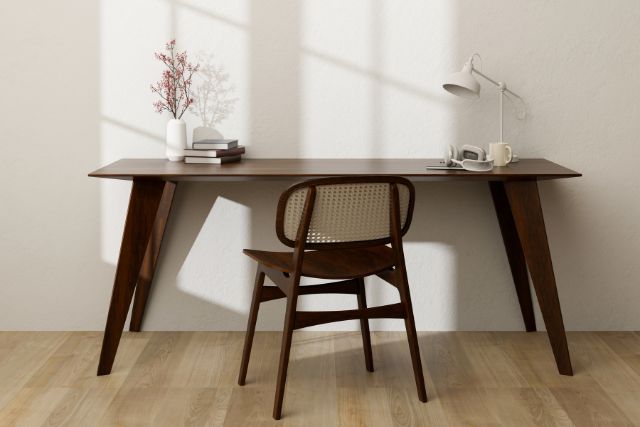

Integration with Nature: Natural Materials and Light
The Viking connection to nature is reflected in the use of natural materials and light in Scandinavian design.
Wood, stone, and other natural materials are commonly used to create warm, inviting spaces that harmonize with the natural environment.
Large windows and open floor plans maximize natural light, creating bright, airy interiors that connect the indoors with the outdoors.
Modern Interpretations
Modern interpretations of Viking culture in fashion, decor, and art highlight the ongoing relevance of this ancient heritage.
Designers and artists draw inspiration from Viking motifs and mythology, creating pieces that resonate with contemporary audiences.
These interpretations celebrate the rich cultural legacy of the Vikings while offering fresh, innovative perspectives that enrich modern design.
Viking-Inspired Fashion and Decor
Viking motifs and aesthetics continue to inspire modern fashion and home decor.
Jewelry designs often feature Viking symbols and intricate patterns, while home decor items, such as textiles and furniture, incorporate elements of Viking craftsmanship.
These modern interpretations celebrate the rich cultural heritage of the Vikings while offering fresh, contemporary designs.
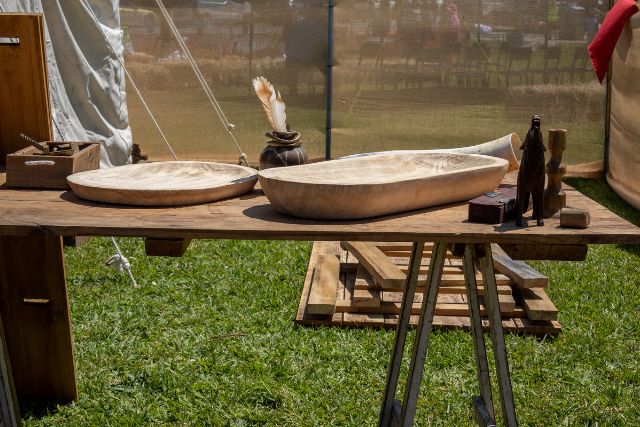

Contemporary Art and Media Drawing from Viking Mythology
Viking mythology and symbolism have a profound influence on contemporary art and media.
Artists and designers draw on Norse mythology to create unique, evocative works that resonate with modern audiences.
From digital art to film and literature, the stories and symbols of the Viking age continue to captivate and inspire.
Conclusion
The influence of Viking culture on Scandinavian design is a powerful reminder of the enduring impact of historical traditions.
By honoring their heritage and embracing modernity, Scandinavian designers create works that are both timeless and forward-looking.
This unique blend of past and present reflects the resilience and creativity of the Scandinavian people, ensuring that the legacy of the Vikings continues to inspire and inform their approach to design.


The Lasting Influence of Viking Culture on Scandinavian Design
The legacy of Viking culture is deeply embedded in Scandinavian design.
From language and symbols to social values and artistic expressions, the influence of the Vikings is evident in many aspects of modern Scandinavian life.
This enduring connection to their heritage allows Scandinavians to celebrate their rich history while embracing contemporary design principles.
Celebrating Heritage While Embracing Modernity
Scandinavian design beautifully balances the past and the present, honoring Viking traditions while innovating for the future.
This blend of heritage and modernity creates a unique design aesthetic that is both timeless and forward-looking, reflecting the resilience and creativity of the Scandinavian people.

